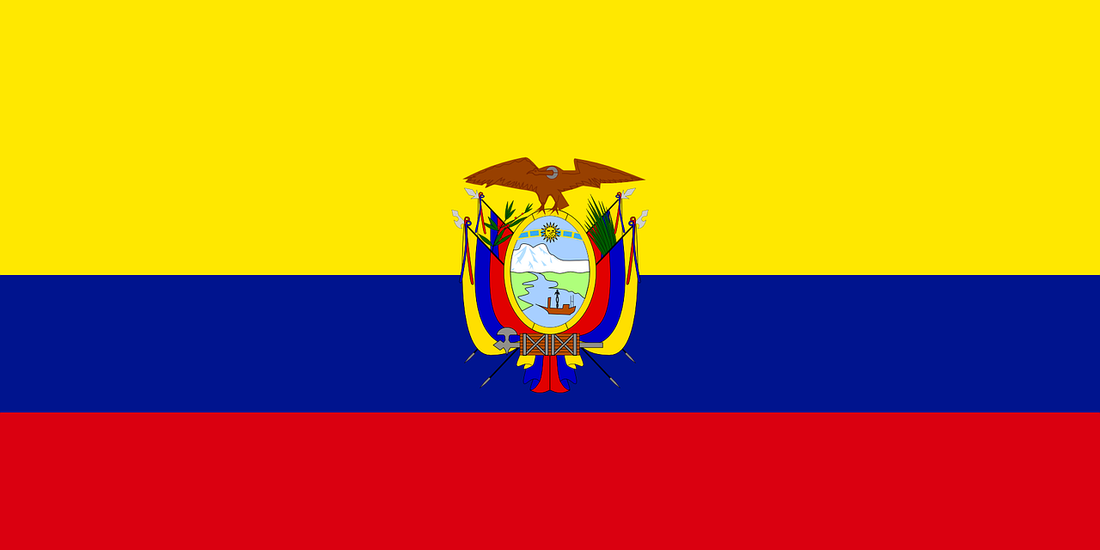
The Enchanting World of Guayusa: A Tea Beyond Time
Michele LillieAll the way from the rainforest of Ecuador comes English Tealeaves’ newest herbal tisane – Guayusa . This ancient brew, steeped in tradition and modern allure, invites us on a journey to discover its origins, processing, and modern-day usage.
What those of us in the tea industry call “Tea” is made from the leaves of the tea plant – Camellia Sinensis. From that one plant and its cultivars, we get black, green, oolong, white, and puerh tea. Many people, though, love what are called Herbal Tisanes. These are enticing brews made from plants other than the tea plant. For a more thorough discussion on this topic, see this post .
One of the main reasons that people love herbal tisanes is that they are usually caffeine-free whereas there will always be some caffeine in teas made from the tea plant. As mentioned in the Herbal post , there are a handful of herbs that do contain caffeine. You should be aware of those herbs if you need or want to avoid caffeine. Guayusa is in that category.
According to the American Botanical Council, pouches of guayusa (along with other herbs and medical equipment) were found in a tomb in Bolivia that dated to 500 AD. It was thought this tomb belonged to a traditional healer of that time. They also report that a letter written by a Jesuit priest in 1683 describes the drinking of this herb as for:
“for the purpose of remaining awake for many nights at times when an enemy invasion was feared."
The roots of guayusa stretch deep into the cultural fabric of the indigenous communities of the Amazon. For centuries, it has been a ceremonial and daily drink, valued for its ability to awaken the mind, enhance dreams, and provide energy for the day's tasks. Harvested from the wild and cultivated gardens, guayusa is more than a plant; it is a cultural heritage and an ecological marvel, thriving in biodiverse agroforestry systems that sustain both the people and the rainforest.
This herb is not related at all to the tea plant. Rather, it is part of the Holly family. It grows only in the upper Amazon basin of Colombia, Ecuador and Peru. It is grown in ancient forest gardens known as “chakras” among trees and other vegetation. Its scientific name is Ilex guayusa, and it is a cousin plant to yerba mate, another caffeine-containing herb. It is known as waysa or guayusa in Kichwa, a dialect of the Quechua language group. It is also known as wais in the Shuar language in Ecuador.

Like tea, it contains a mixture of antioxidants, catechins and caffeine. It also contains theobromine, which tends to modulate the effects of caffeine, similar to L-theanine in tea. Therefore, rather than getting a jittery caffeine high, drinking it increases alertness, concentration, and improved focus.
The leaves of this plant are bright green. When brewed, it has a fresh, herbal taste that is subtly sweet but very little bitterness.
Brewing it is as simple as brewing tea. Use one teaspoon (2 grams) in 8 ounces of boiling water and steep for 5-7 minutes. Strain and enjoy.

Guayusa stands as a beacon of the harmonious interplay between tradition and modernity, offering a cup filled with not just a beverage but a story. As we explore and enjoy guayusa, we partake in a global community that values sustainability, cultural heritage, and the simple joy of a moment of peace and rejuvenation.